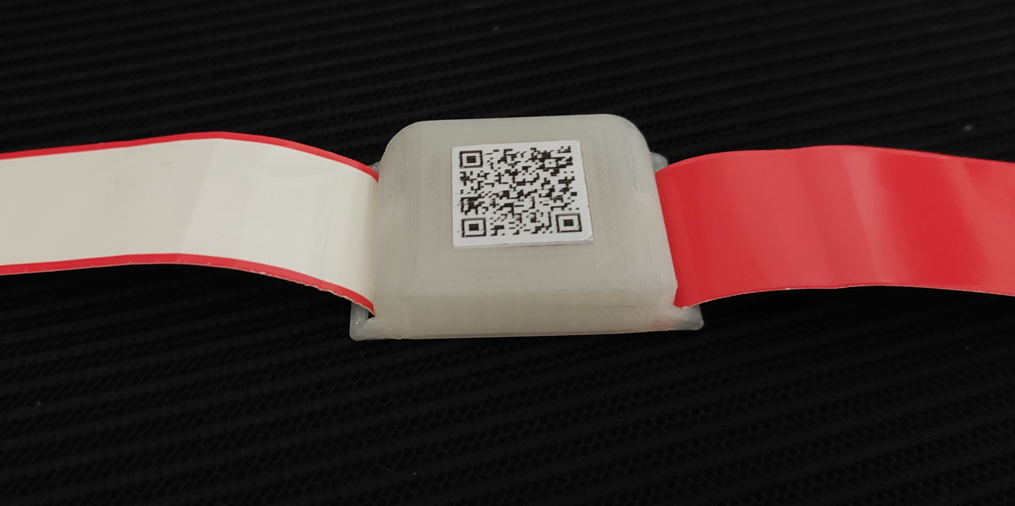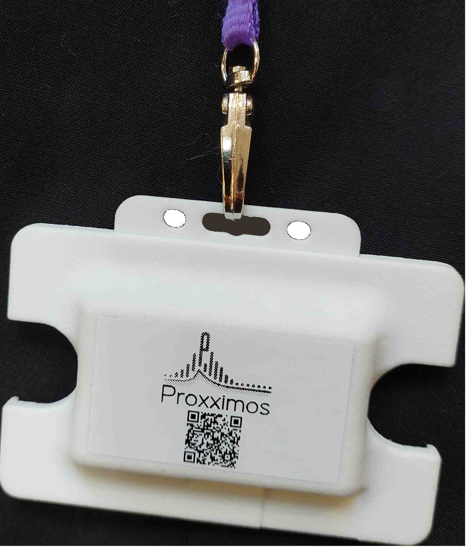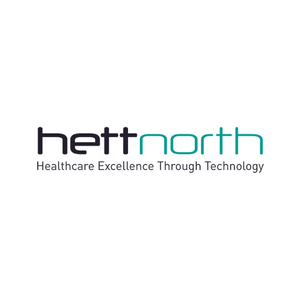As a leader and manager in a hospital one of the biggest tasks you have is creating enough capacity to provide timely emergency care whilst also reducing elective care waiting lists. There are challenges that make this really hard. There is limited budget, and the growing and ageing population are adding further financial strain. Staffing shortages & limited discharge availability slows patient flow further. And whilst digitising your processes helps, many of your systems don’t interoperate and still rely on manual data entry.
There is another huge, hidden challenge inside the system that is bigger than many NHS leaders realise. 5-10% of patients catch infections within hospitals and then overstay by days or weeks. These overstaying patients consume an average of 21% of all acute beds – so 210 beds blocked every day by infection in a typical 1,000 bed hospital. This global healthcare challenge is highlighted in many point prevalence studies & ‘Modelling the annual NHS costs and outcomes attributable to healthcare-associated infections in England’ (Julian F Guest et al). These HCAI’s reduce patient flow, increase costs, and create poor patient outcomes.
Leaders have launched several important initiatives to address these challenges such as Patient Flow Management, Electronic Patient Records, Infection Control Teams, Bed Tracking, Medical Asset Tracking and more. But these initiatives are all held back by the same capability gap. Real-time, precise location tracking needs to underpin all these initiatives. Once this is in place:
- The real-time location of patients can then be used by patient flow managers, rather than other unreliable data sources – speeding up flow
- Data entry into Electronic Patient Records can be automated where there is a locational trigger (e.g. a patient visit to X-Ray can trigger the appropriate workflow) – improving accuracy of the record and reducing manual workloads
- Contact tracing by infection control teams can be real-time, precise and labour free, rather than slow, inaccurate and labour-intensive – reducing infection rates
- The real-time location and occupancy of beds can be used – improving bed utilization & optimising capacity
- Medical Assets can be found in real-time, and owners alerted if they are removed from their intended location – saving time searching for them and reducing the high losses of expensive equipment
Proxximos has built such a system, which continuously locates people and assets to 25cm accuracy every 10 seconds. For asset tracking, the solution is 25% of the cost of current proposed solutions for bed tracking, which will save the NHS millions.
But it is not a cost – it can pay for itself many times over in year when applied to contact tracing for infection control. This is because an average hospital suffers 100 infections a week. Preventing just 3 would cover the cost with in-year savings. The solution is more likely to prevent around 25 infection cases a week.
Real-time precise location is a critical component of the real ‘digital twin’ of your hospital. With this in place:
- Infection rates can now be dramatically suppressed by your IPC staff, freeing beds.
- Real time patient, staff & asset location data is now feeding your IT systems materially improving patient flow.
Proxximos helps digitalise Trusts, creates the capacity Trusts are seeking and in doing so improves the safety & well-being of patients & staff.
Come and talk to us – at stand B82 – to find out more.
Our stand
We will have a prize draw for delegates who come and talk to us. The winner can keep or perhaps even donate their exciting prize to their children’s ward.
Below are images of some of the nasty pathogens we help contain as well as images of our discreet trackers - delegates can come and meet them all on stand B82.


%20(1).png?width=500&height=58&name=HETT%20insights%20logo%20RGB-04%20(1)%20(1).png)



